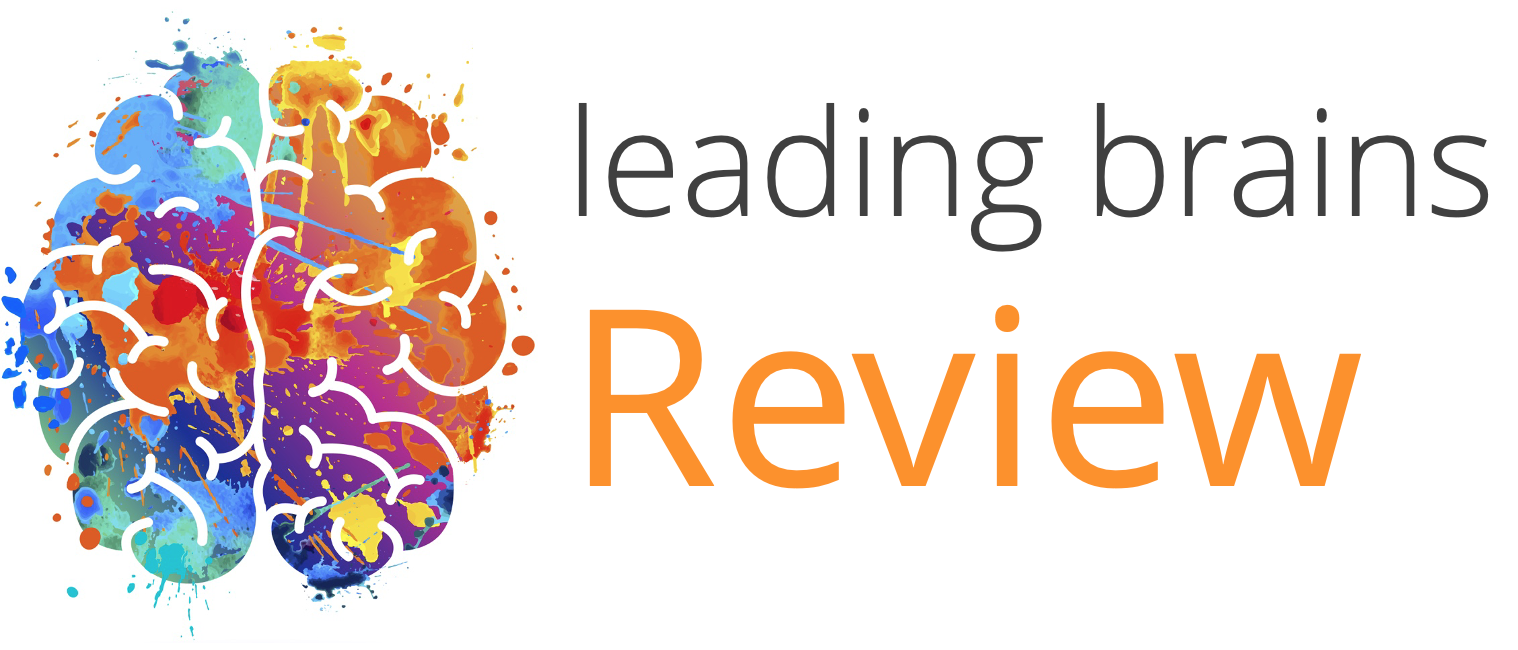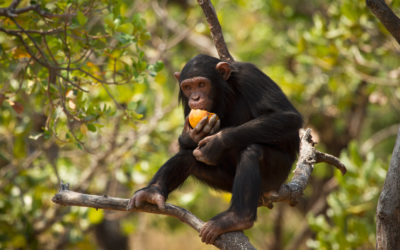Quick Hits
Daily brief research updates from the cognitive sciences

Those who have followed my writing and articles will know that this is a question that comes up regularly. Just what is different to human brain compared to other species?
The simple answers tend to be partly true but there are multiple answers and they don’t individually explain everything.
For example, we know that our prefrontal cortex – that part of the brain behind your forehead – is particularly large and developed in human beings. We also know that the regions between our cortices are larger in human beings and seem to be involved in many higher-order thinking processes. We also know that relatively speaking our small brain, the cerebellum that sits at the back of our head, is much larger in human beings.
That is just on size of regions but I also reported previously on a mysterious type of brain cell called Von Economo neurons. So mysterious that only one recording of this cell has been measured. These seem to be present in some species with higher intelligence such as chimpanzees, elephants, and dolphins.
Is there anything else?
Well, this is what these researchers around Shaojie Ma of Yale University set out to explore.
For this they focused on a region called the dorsolateral prefrontal cortex because this is unique to primates. They then conducted single cell RNA analysis of hundreds of thousands of cells from humans, chimpanzees, macaques, and marmoset monkeys.

This technique allows much more refined categorisation of cells and can measure genetic differences between cells that may look similar. And I’m sure you will want to know what they found.
They found 109 types of cells that are shared between all primates. Five were not present in all species (only!). One was unique to human beings and chimpanzees, and one was unique to humans only. This was a glial cell – glial cells are considered “helping” or “supporting” cells but have many critical functions in the brain. This seems to be associated with brain upkeep.
The other surprise was they also discovered the FOXP2 gene in this glial cell. A surprise because this gene is associated with language development and is unique to human beings. Various forms of this are also associated with various human conditions such as autism and schizophrenia.
This piece of research is particularly interesting – these techniques open up many more avenues and unprecedented levels of detail of the differences in brains. They also open up new avenues and new mysteries!
So here we can quantify another specific difference in human brains related to glial cells and the FOXP2 gene but this also begs the question – what precisely does FOXP2 do and can this glial cell really make a difference? But then again as I said there are other factors that make human brains different, and it is the combination of these which gives us our unique differences.
But as with the FOXP2 gene when things don’t go according to plan it can also break things and give us our very human disorders also.
But knowing this can also lead us to clearer explanations and solutions – I am watching the space carefully!

Andy Habermacher
Andy is author of leading brains Review, Neuroleadership, and multiple other books. He has been intensively involved in writing and research into neuroleadership and is considered one of Europe’s leading experts. He is also a well-known public speaker, speaking on the brain and human behaviour.
Andy is also a masters athlete (middle distance running) and competes regularly at international competitions (and holds a few national records in his age category).
Reference
Shaojie Ma, Mario Skarica, Qian Li, Chuan Xu, et al.
Molecular and cellular evolution of the primate dorsolateral prefrontal cortex.
Science, 2022
DOI: 10.1126/science.abo7257
More Quick Hits
Learning at double-speed?
Quick HitsDaily brief research updates from the cognitive sciences ouldn’t it be great if we could learn things double speed? Well, maybe we can. At least according to a study out of the University of California. During the pandemic many...
The “drunken monkey” hypothesis – proven
This had to be a story I covered – monkeys and alcohol sounds too good to pass up. But this is also linked to the “drunken monkey” hypothesis: that humans developed their love for alcohol in earlier primitive times accidentally, and then intentionally, eating fruit...
The Newly Discovered Bias That Makes Us Think We Are More Diverse Than We Are
A few weeks ago I reported on some newly discovered ways we are biased namely that we consider generic terms such as “people” as equivalent to “men” rather than men and women. This was specifically focused on gender bias but this latest piece recently published shows...
Self-awareness of autism leads to better quality of life
Autism has become a well-known diagnosis in recent years. Though some people seem to be against this sort of labelling, and the general increase in different label of mental conditions, a study out of the University of Portsmouth shows why this is actually a good...
Optimal sleep improves your brain, mental, and physical health - and it’s not as much as you think
I’ve reported multiple times on sleep and how it affects just about everything form cognitive performance, to brain plasticity, to physical performance, to mental health, and to metabolism. The question...
No change for a century – children’s backgrounds still predict the same educational outcomes
Educational opportunities have changed dramatically for children over the last century – schools have changed, and college and university admissions have grown. Or so we might think at least. But according to a study out of the University of York, that is not the...






